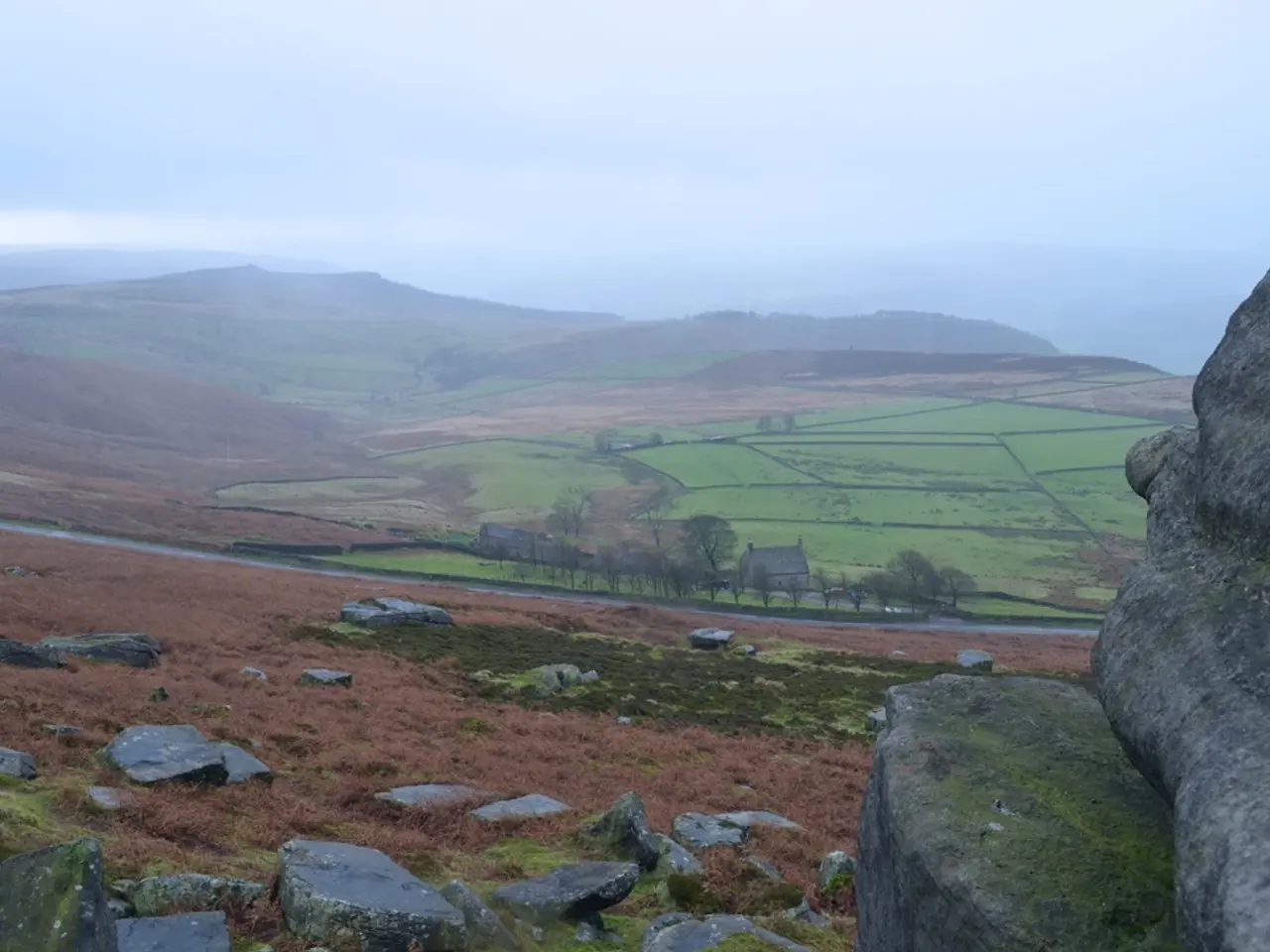Massive wildebeest migration carries tourism worries due to increased crowds
In the heart of Kenya, the Masai Mara National Reserve is transforming into a luxury destination, with a twelve-hour visit during peak season now costing 200 US dollars. This transformation, however, comes with its challenges, as the annual wildebeest migration attracts hundreds of thousands of visitors, making it a highlight for many travellers to East Africa.
The migration, a natural spectacle that occurs annually, involves over 1.5 million wildebeest, along with hundreds of thousands of zebras and antelopes. These herds follow the seasonal rains in the ecosystem, crossing the Mara River which separates Tanzania's Serengeti from the Masai Mara.
The current concerns regarding tourist behaviour during the wildebeest migration focus on disruption of the migration, overtourism at key crossing points, and safety of both animals and tourists. Authorities urge tourists to avoid disturbing the migrating herds, particularly at river crossings where animals are vulnerable. Vehicles must stay at least 100 meters away from crossing points and must not block or drive through the herds. Viewing time is limited to 10 minutes when there are more than five vehicles to reduce pressure and disruption.
Rangers actively manage the situation by deploying vehicles with rangers at crossing points using new technologies to ensure smoother migration and prevent disturbances by tourists. They also encourage lodge owners to relocate temporarily so that animals have undisturbed nocturnal habitats, helping mitigate the negative effects of tourism on wildlife behaviour.
Despite the increase in visitor numbers and Kenya's efforts to promote sustainable tourism, overtourism remains a challenge during this spectacular annual event. The government emphasizes biodiversity protection, habitat restoration, community involvement, and enforcing regulations to make tourism in Masai Mara sustainable without compromising the integrity of the migration spectacle.
Taking selfies in the savannah during the wildebeest migration, where numerous predators are present, poses safety risks for tourists. Tourists were observed leaving their vehicles to take selfies, a practice not allowed for safety reasons. The behaviour of some tourists, such as blocking the path of wildebeest and taking risks for photographs, has drawn criticism.
The behaviour of some visitors has also raised concerns about overtourism damaging the ecosystem. A video from the Serengeti recently sparked a sharp reaction from Tanzania's national park authority, Tanapa, as tourist vehicles blocked the path of wildebeest for better photography in the Masai Mara.
Despite the challenges, tourism remains an important economic factor in both Kenya and Tanzania. Investments are being made in luxury camps within the Masai Mara nature reserve, reflecting the luxury status of the reserve.
In summary, the main regulatory and safety concerns are to prevent vehicles from blocking or getting too close to river crossings, limit viewing time when many vehicles gather, avoid driving through animal herds, impose fines and remove violators immediately, use ranger patrols and technology to control crowds and safeguard animal movement, and encourage minimal disturbance by relocating facilities temporarily. These measures aim to balance the high demand for this wildlife event with conserving the animals’ natural behavior and ensuring tourist safety during the migration period from July to October.
Environmental scientists study the impact of tourist behavior on the wildebeest migration during the luxury travel experience in the Masai Mara National Reserve. To maintain a sustainable lifestyle and protect the environment, tourists must adhere to guidelines, such as staying a safe distance from river crossings and river banks, limiting viewing time, and avoiding blocking the path of the migrating herds.




